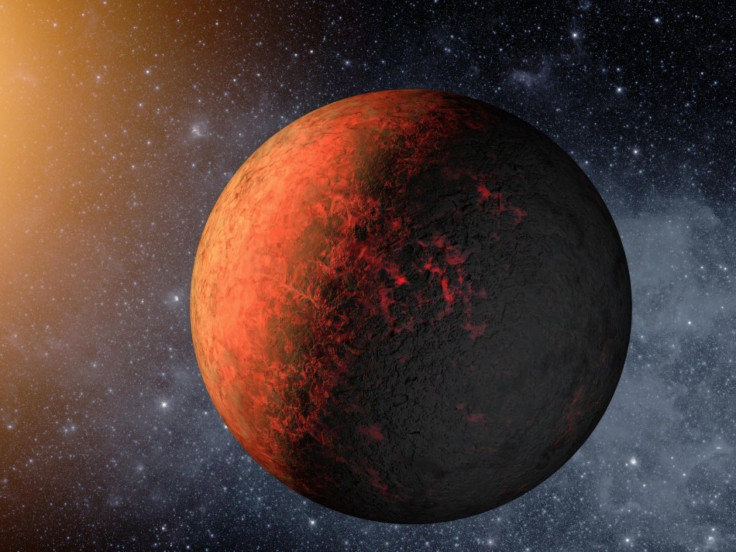Earth-Sized Planets Found Among Five New Discoveries (VIDEO)
Kepler Finds Whole Solar System in Constellation Lyra

Two new Earth-like planets have been discovered, and one of them is actually a bit smaller than the Earth. They are about 1,000 light-years away, and Kepler-20e and Kepler-20f are two of the smallest planets ever detected orbiting another star. Keplar 20e is the smallest-known planet ever found, and both seem to be rocky planets with a similar make-up to Earth. They don't have an atmosphere, and they stray too close to their parent star to support liquid water, researchers said Dec. 20 on a teleconference call with the media.
David Charbonneau, a professor of astronomy at Harvard. said finding these planets shows how sensitive the Keplar instrument is, but also challenges scientific notions about how our solar system formed. These rocky planets found so close to their star is not new, but the fact they are so close to Earth's size is what is such good news.
Linda Elkins-Tanton, director of the Carnegie Institution for Science's Department of Terrestrial Magnetism in Washington added, the order of planets around Keplar-20 does not follow our solar system model. In our solar system, the rocky planets are closer to the sun with the gas giants, like Jupiter, further out in the system. But in the Keplar-20 system, the planets are not aligned in the same way. There are alternating small and large planets close to the parent star.
The discovery marks the next important milestone in the ultimate search for planets like Earth, NASA said in a statement. Kepler-20e is slightly smaller than Venus, measuring 0.87 times the radius of Earth. Kepler-20f is a bit larger than Earth, measuring 1.03 times its radius.
Kepler-20e orbits its parent star every 6.1 days and Kepler-20f every 19.6 days. These short orbital periods mean very hot, inhospitable worlds. Kepler-20f, at 800 degrees Fahrenheit, is similar to an average day on the planet Mercury. The surface temperature of Kepler-20e, at more than 1,400 degrees Fahrenheit, would melt glass.
© Copyright IBTimes 2024. All rights reserved.




















